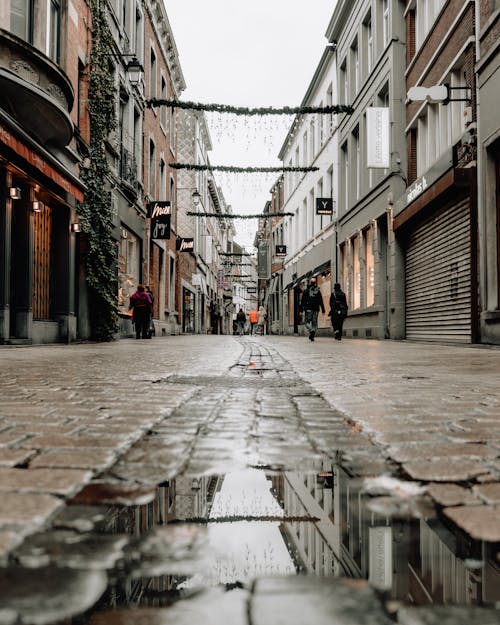Framing Streets - An Overview
Framing Streets - An Overview
Blog Article
How Framing Streets can Save You Time, Stress, and Money.
Table of ContentsThe Greatest Guide To Framing StreetsFraming Streets Fundamentals ExplainedThe 10-Second Trick For Framing StreetsExcitement About Framing StreetsFascination About Framing StreetsHow Framing Streets can Save You Time, Stress, and Money.
Photography genre "Crufts Canine Show 1968" by Tony Ray-Jones Street digital photography (also sometimes called honest photography) is digital photography carried out for art or query that includes unmediated possibility encounters and arbitrary incidents within public places, normally with the goal of capturing images at a crucial or emotional moment by careful framework and timing. 
, who was inspired to undertake a similar paperwork of New York City. As the city developed, Atget assisted to promote Parisian roads as a worthy topic for photography.

The Basic Principles Of Framing Streets
Martin is the first taped photographer to do so in London with a masked electronic camera. Mass-Observation was a social research study organisation established in 1937 which intended to tape daily life in Britain and to tape-record the responses of the 'man-in-the-street' to King Edward VIII's abdication in 1936 to marry divorce Wallis Simpson, and the sequence of George VI. Between 1946 and 1957 Le Groupe des XV annually exhibited job of this kind. Andre Kertesz. Circus, Budapest, 19 May 1920 Street digital photography developed the significant content of 2 exhibits at the Museum of Modern Art (Mo, MA) in New york city curated by Edward Steichen, 5 French Digital Photographers: Brassai; Cartier-Bresson, Doisneau, Ronis, Izis in 1951 to 1952, and Post-war European Photography in 1953, which exported the idea of street photography globally.

4 Simple Techniques For Framing Streets
, after that an educator of young kids, associated with Evans in 193839.'s 1958 publication,, was considerable; raw and frequently out of emphasis, Frank's photos questioned traditional digital photography of the time, "challenged all the official regulations laid down by this content Henri Cartier-Bresson and Walker Evans" and "flew in the face of the wholesome pictorialism and heartfelt photojournalism of American magazines like LIFE and Time".
Report this page